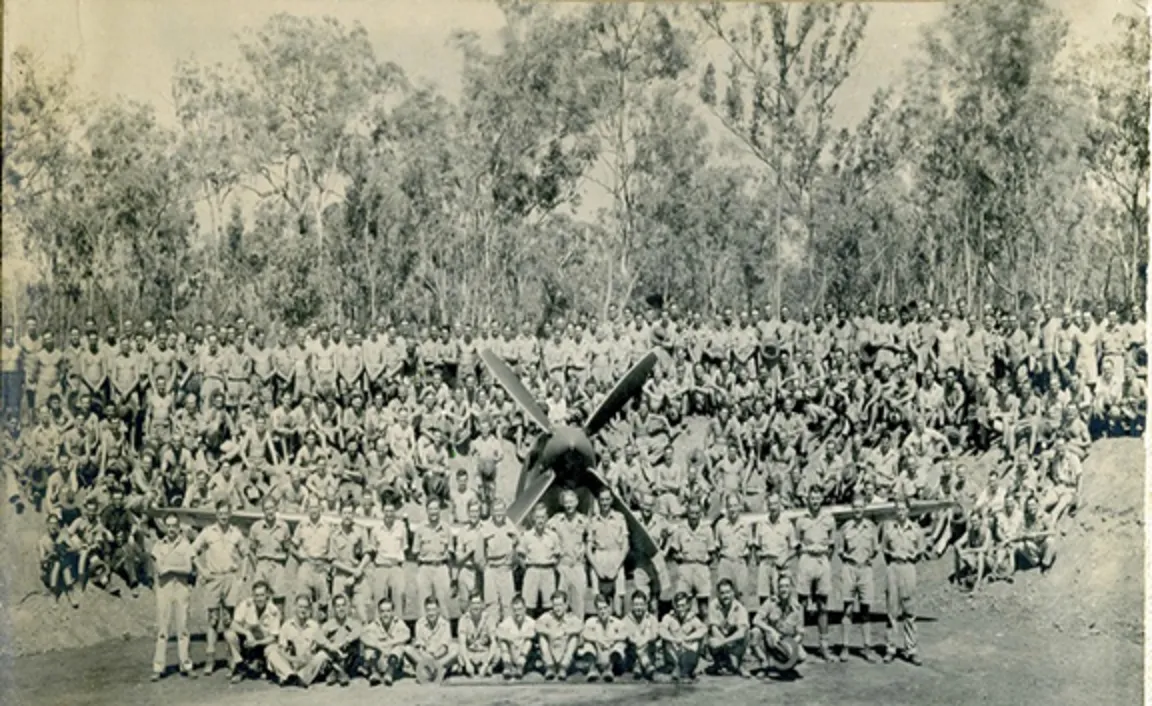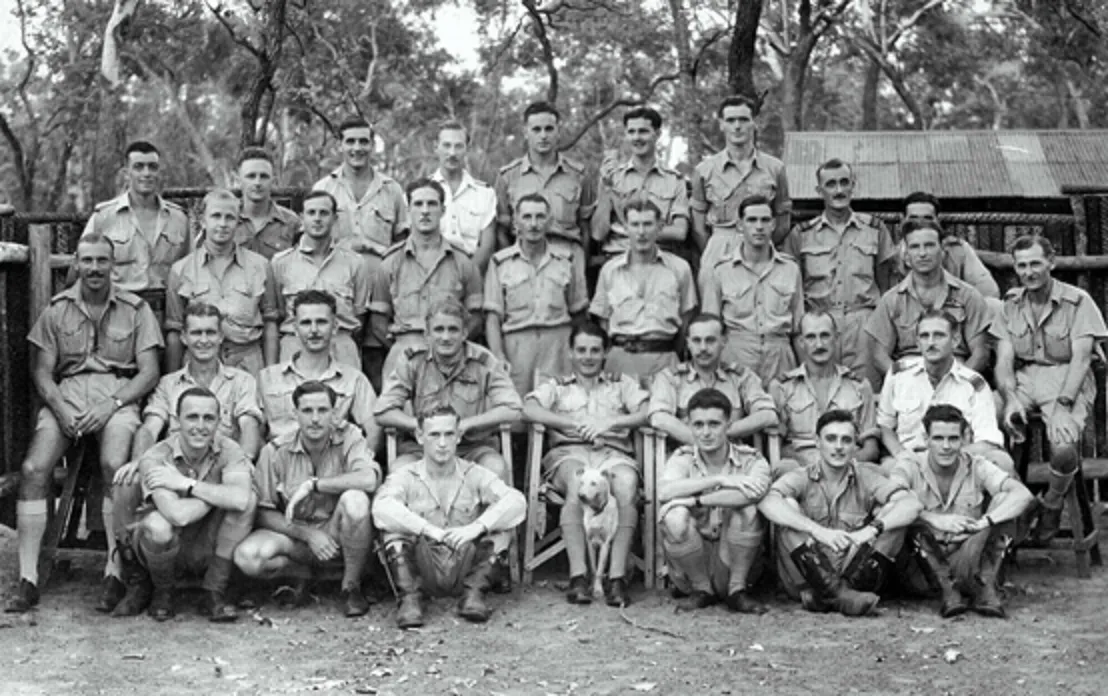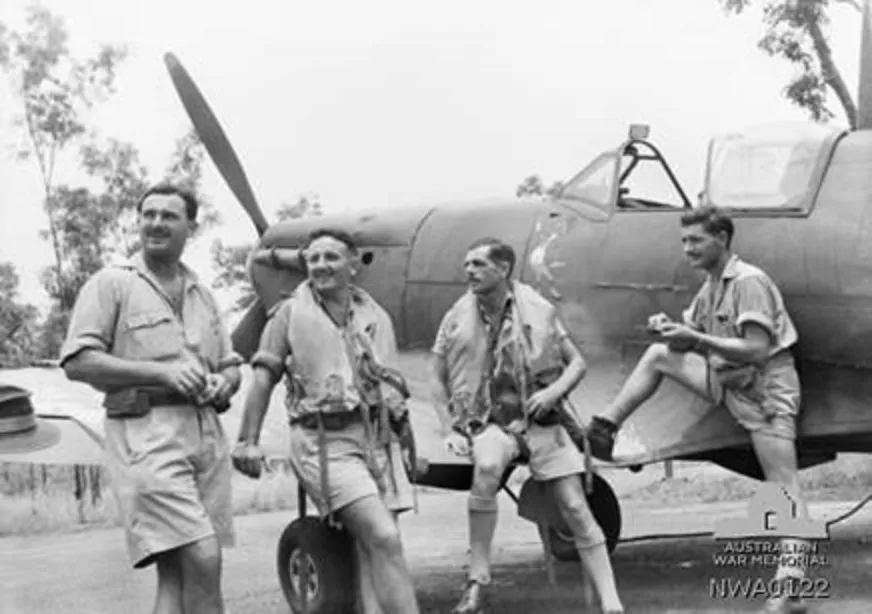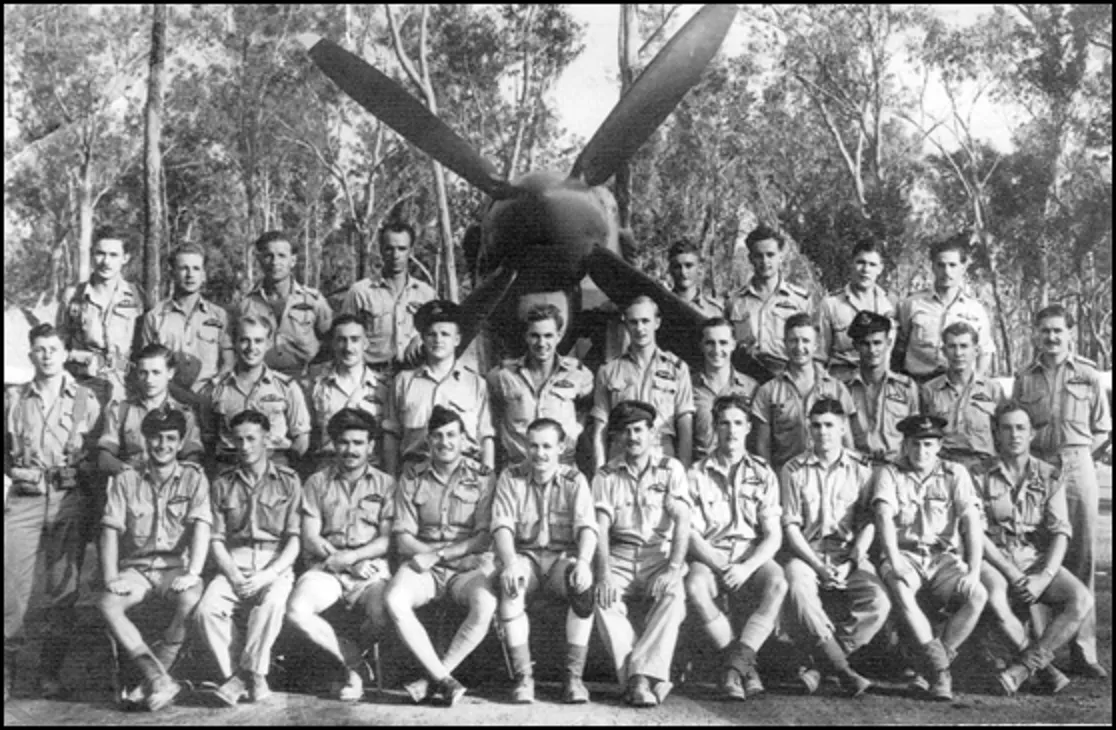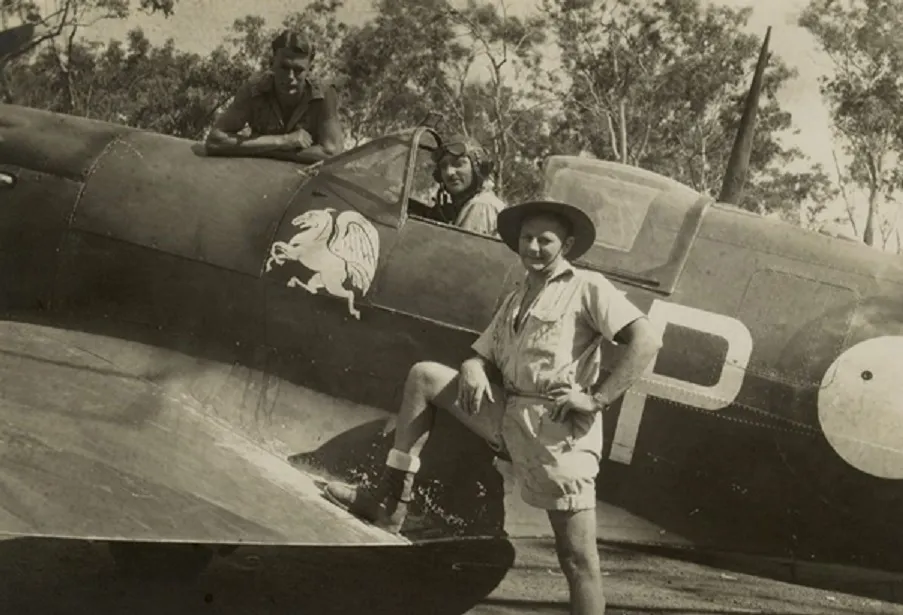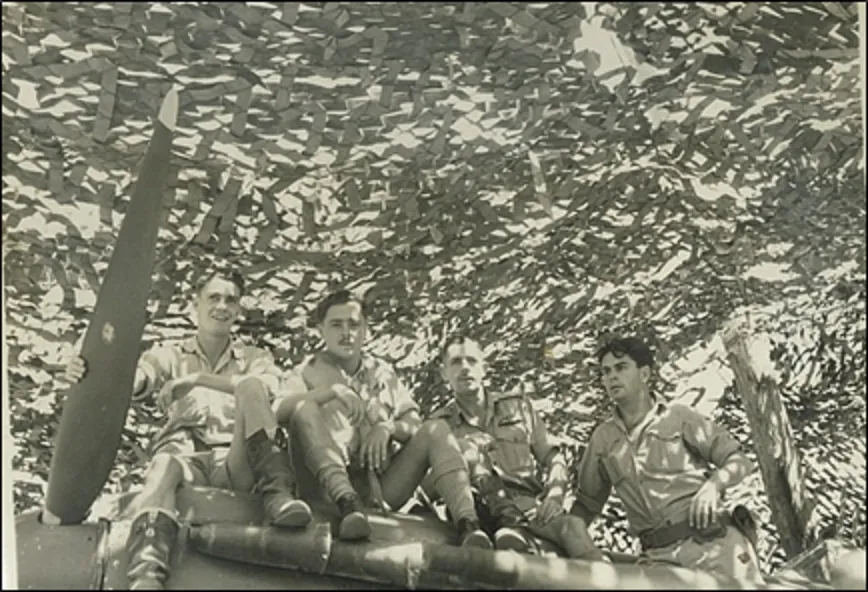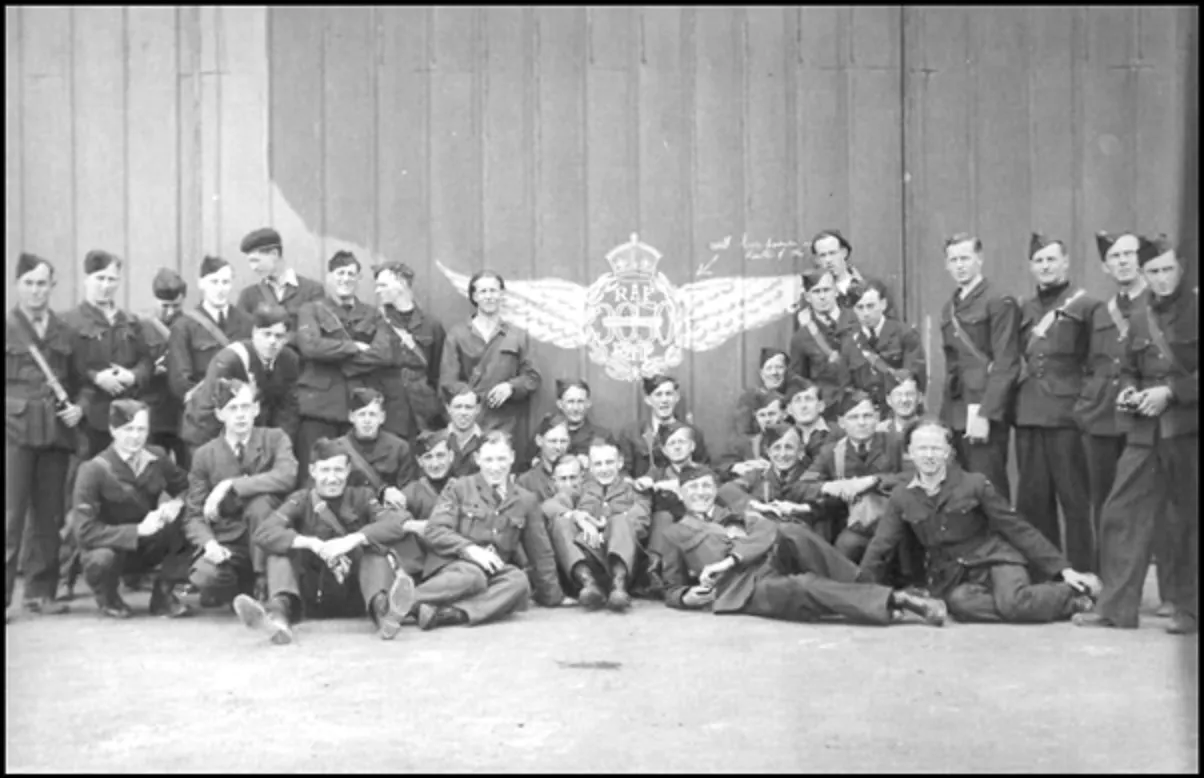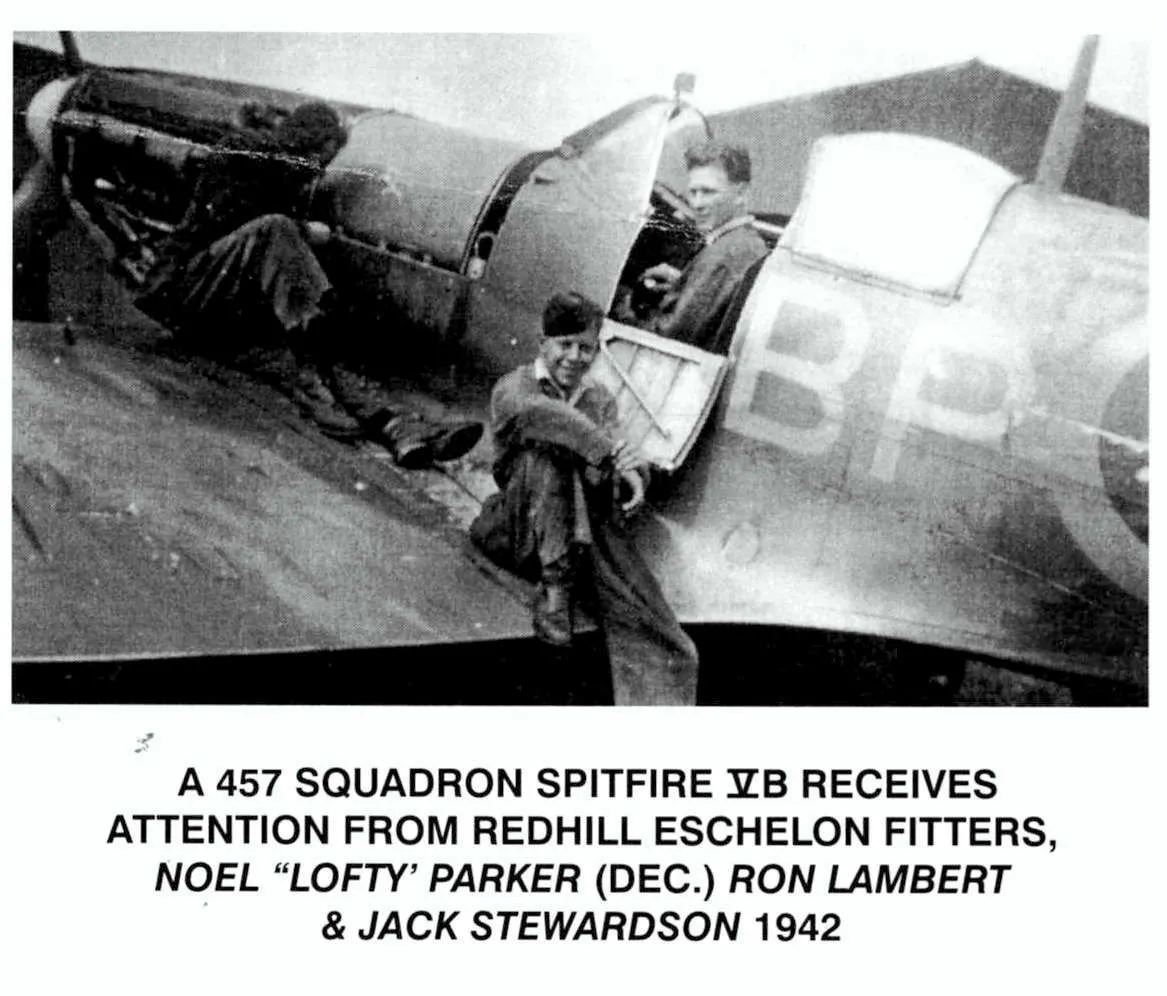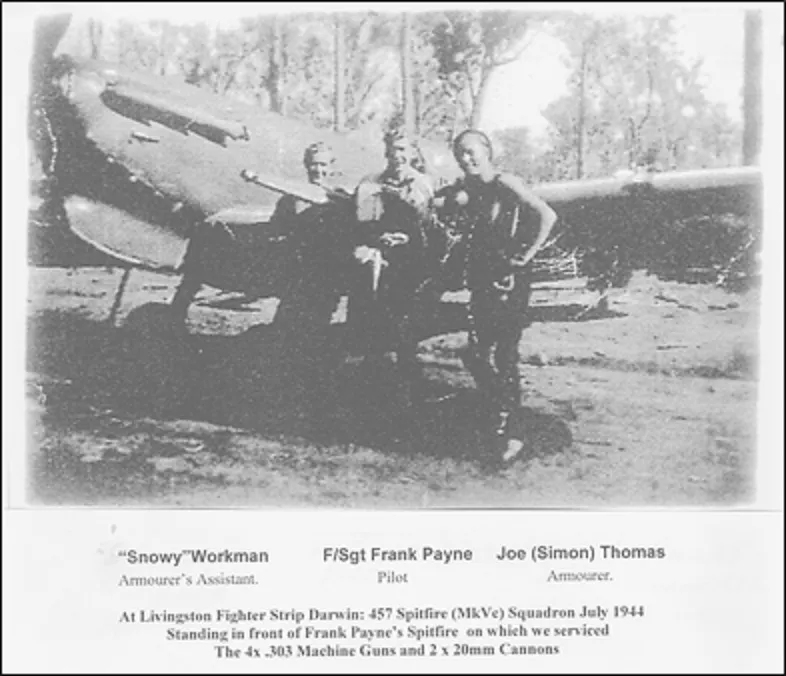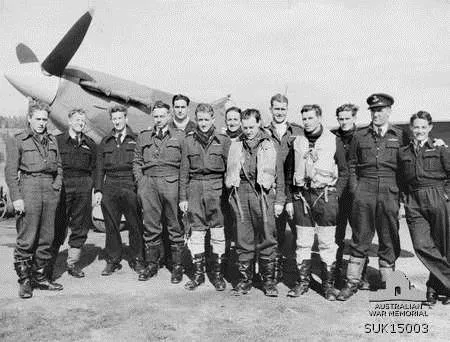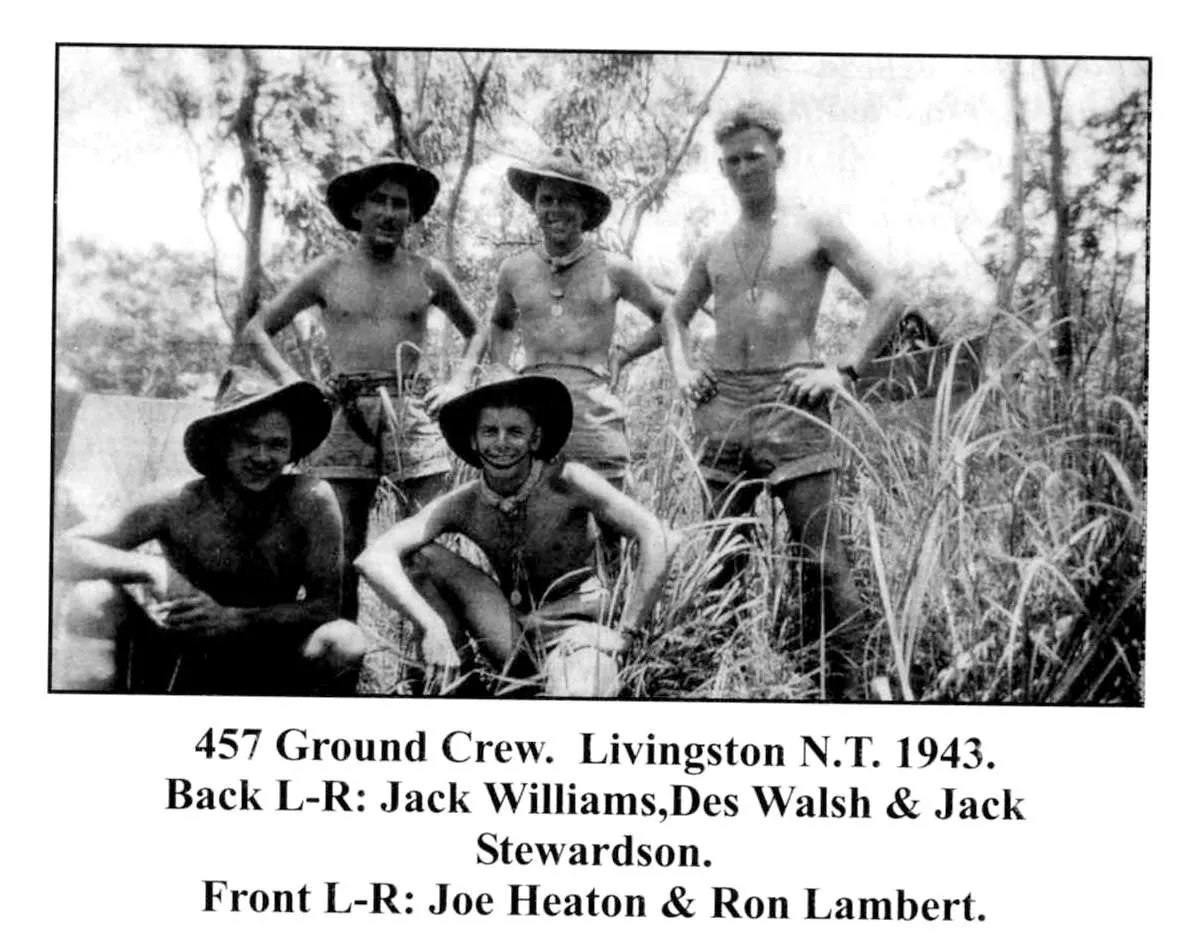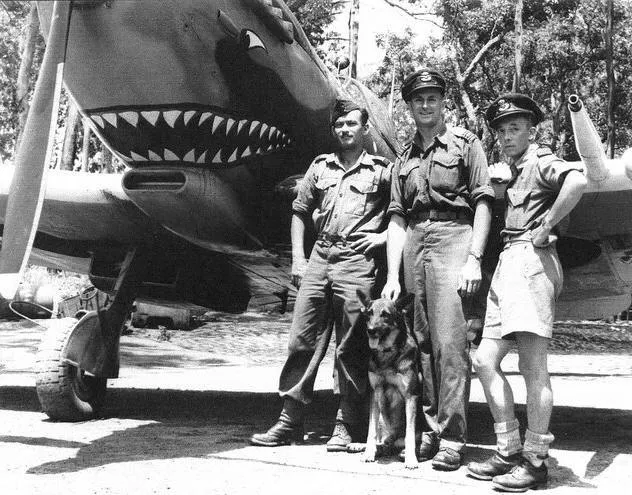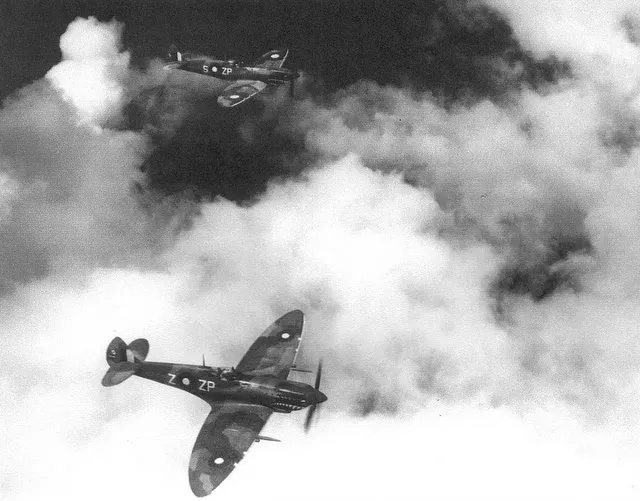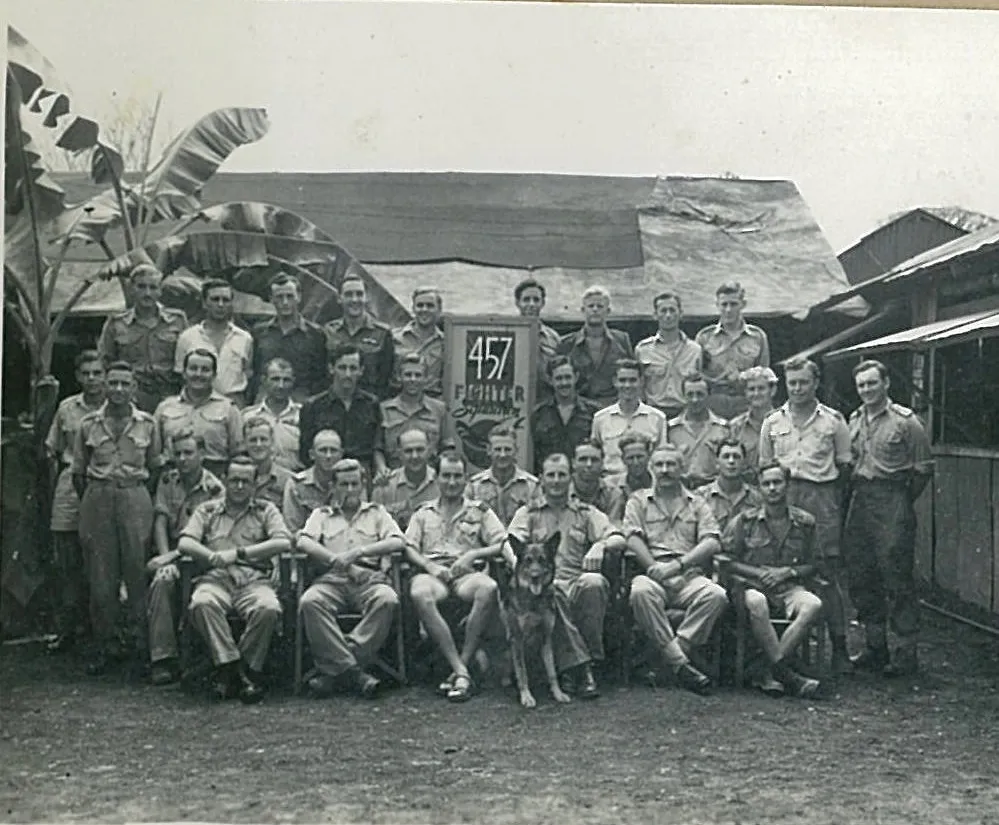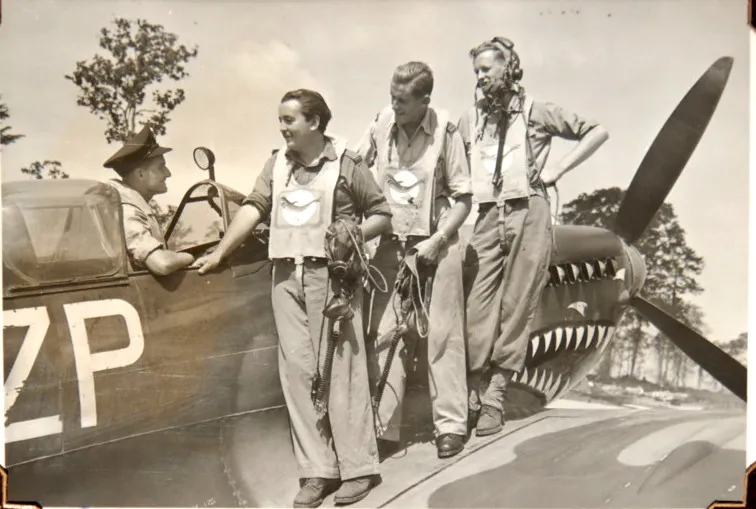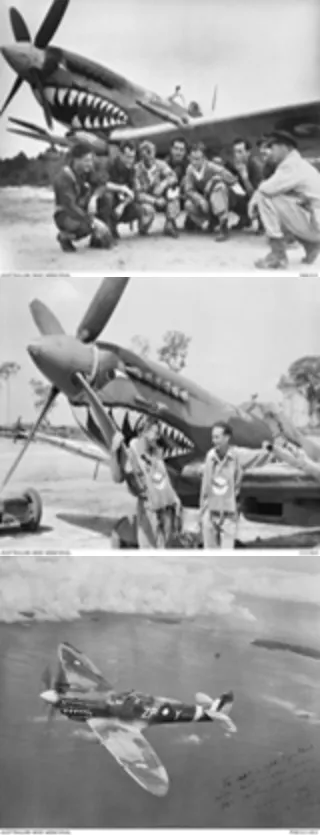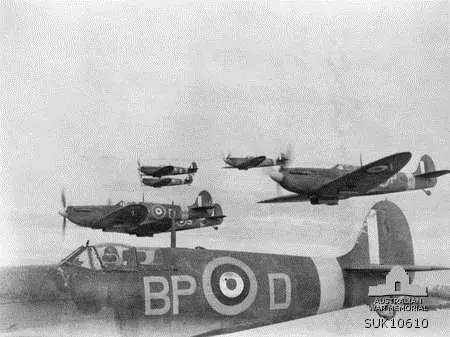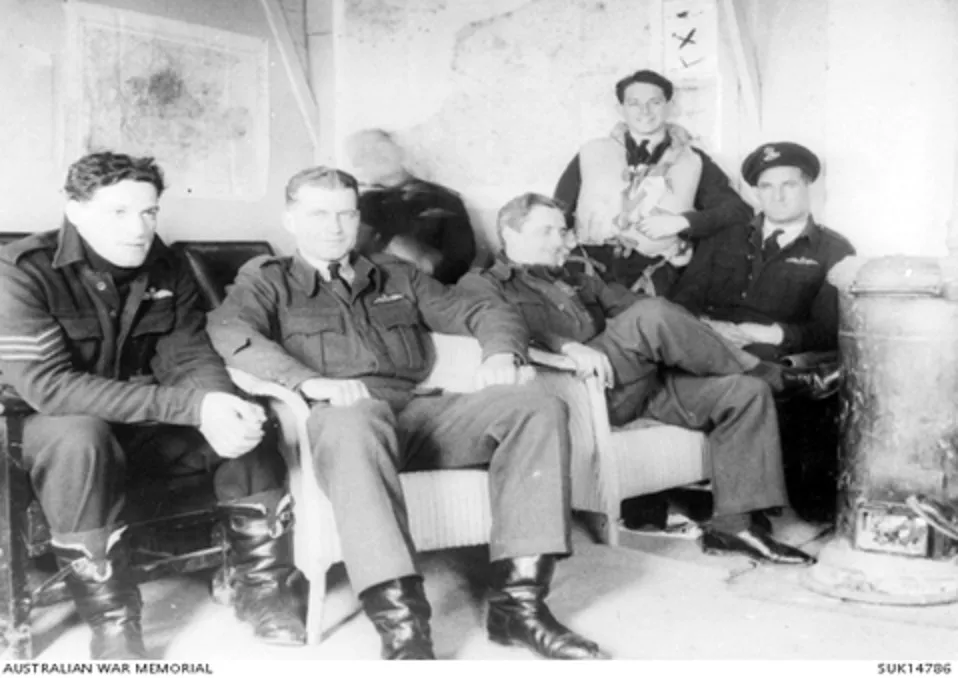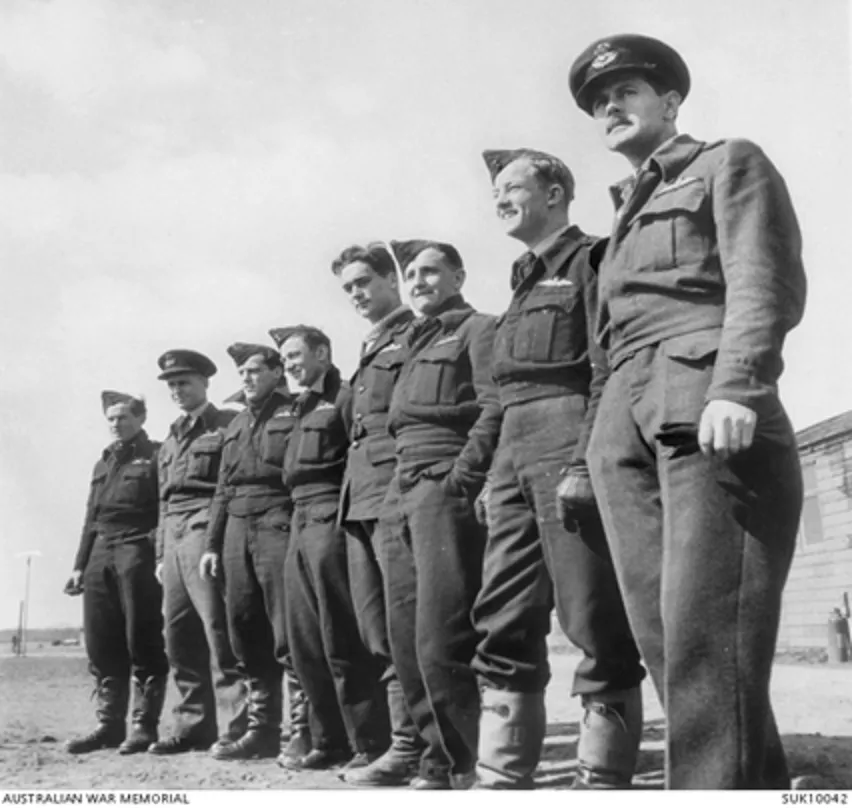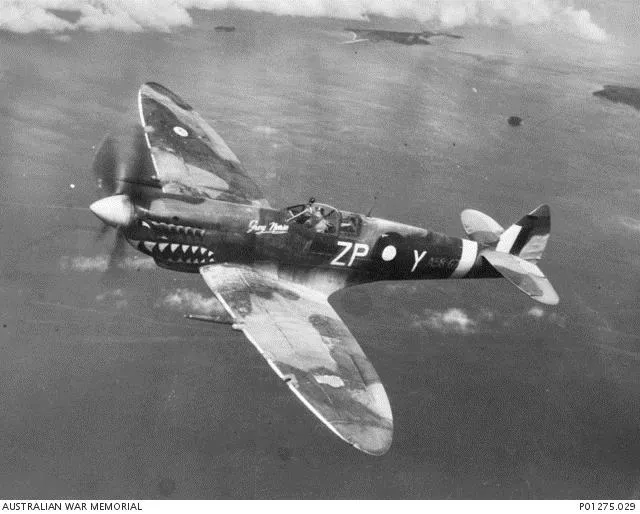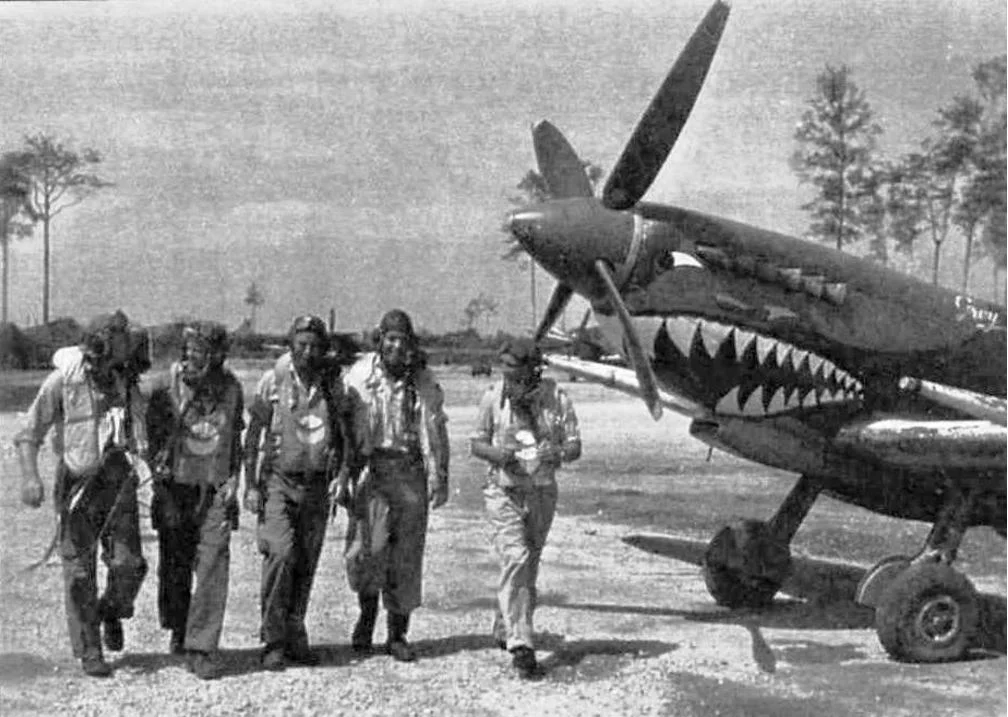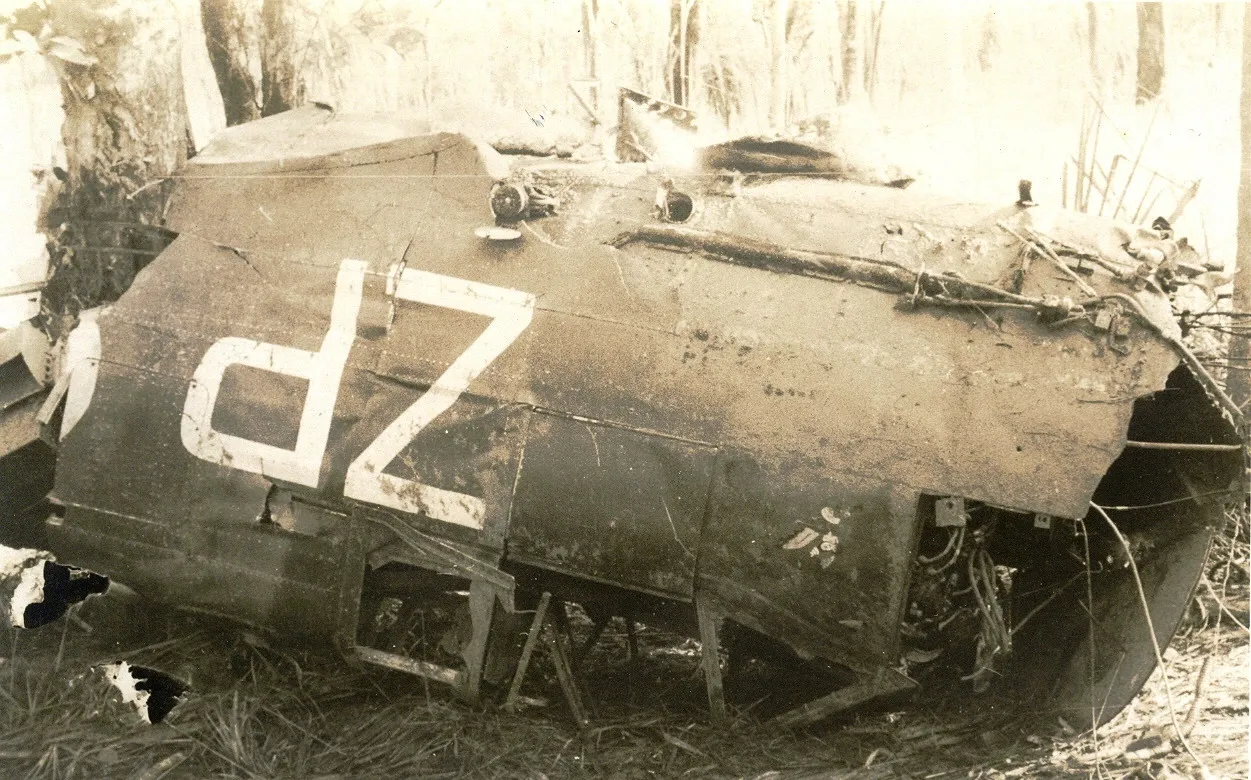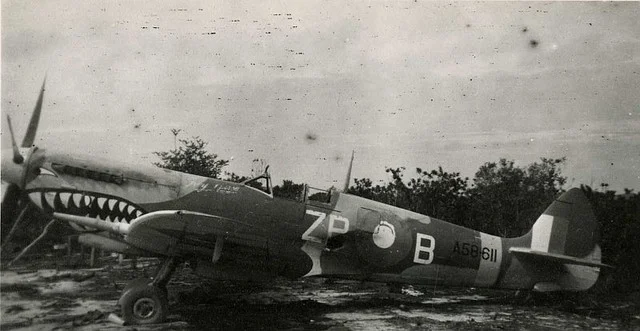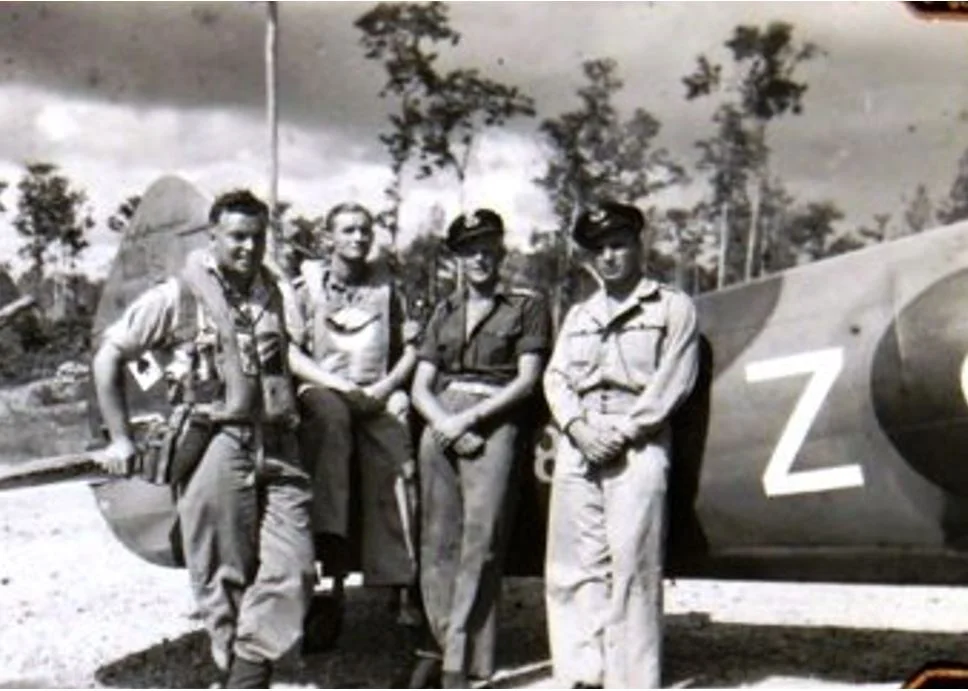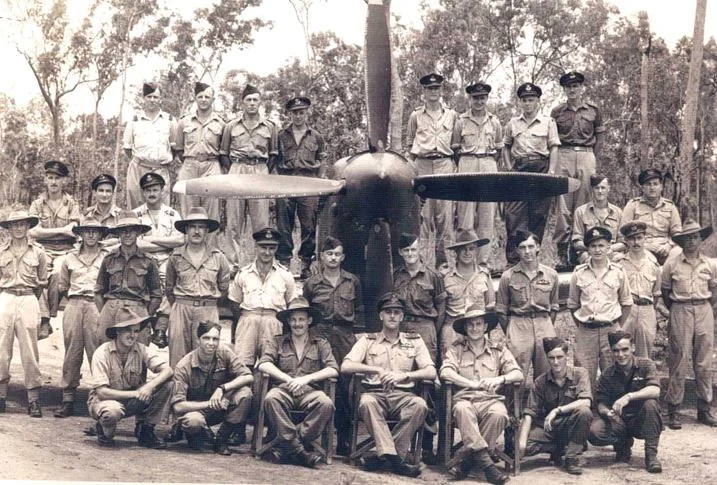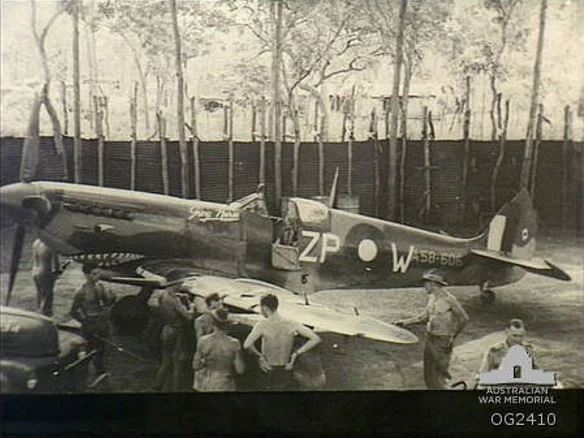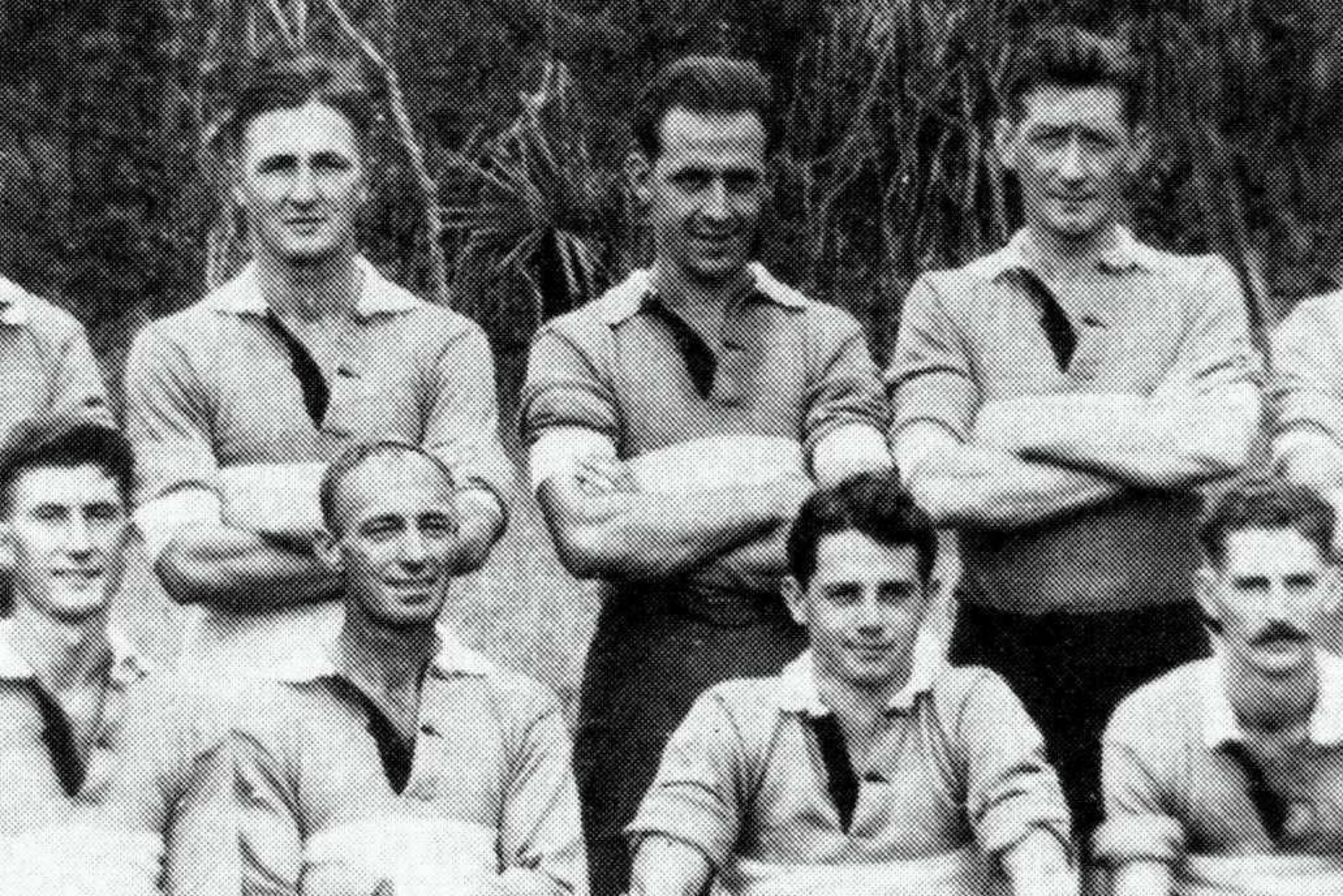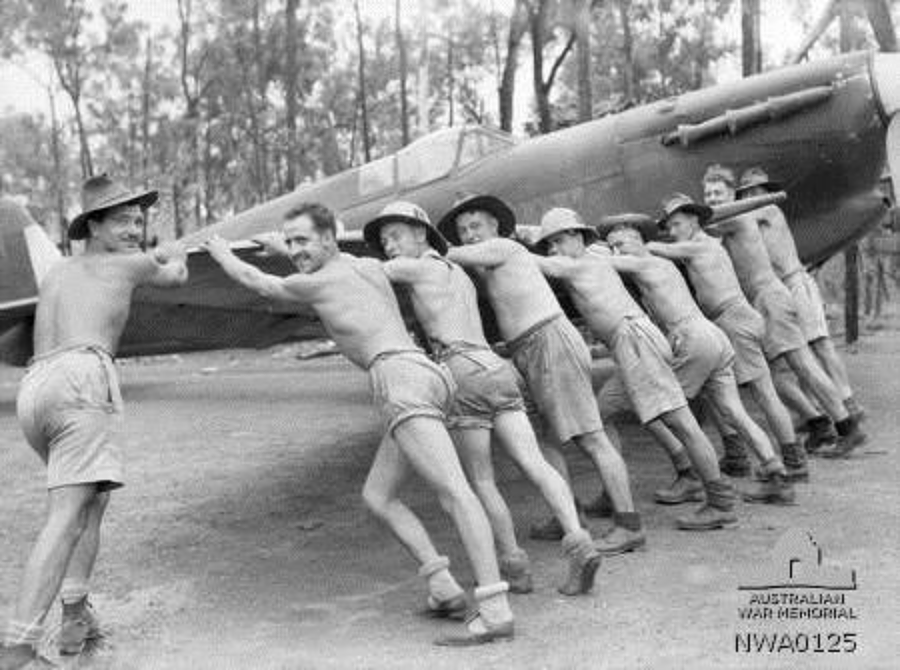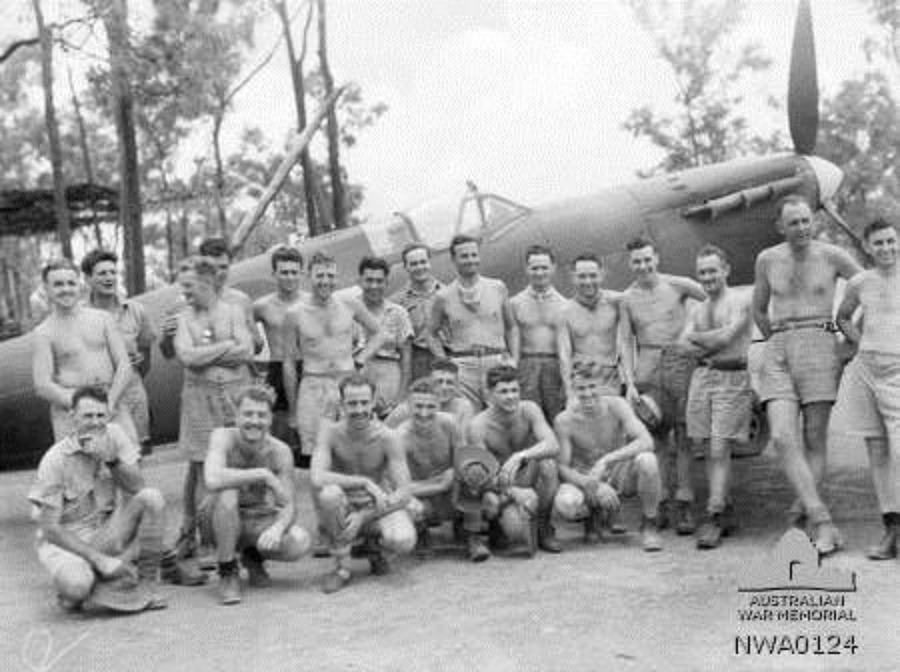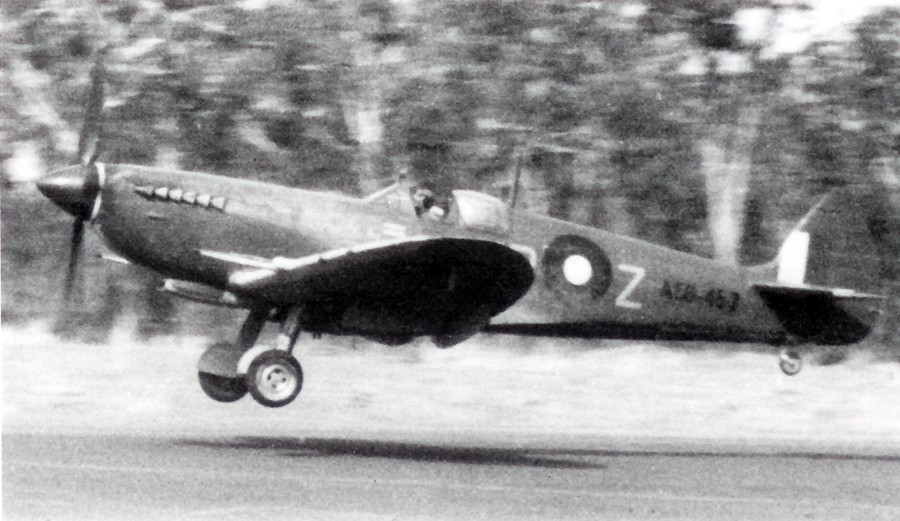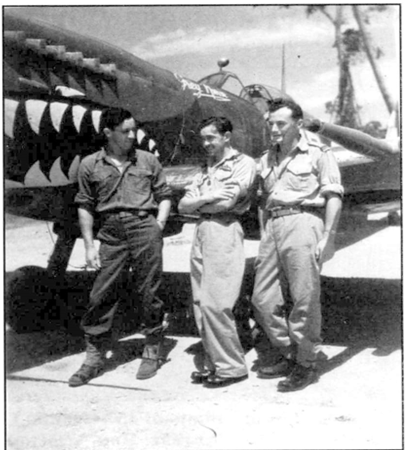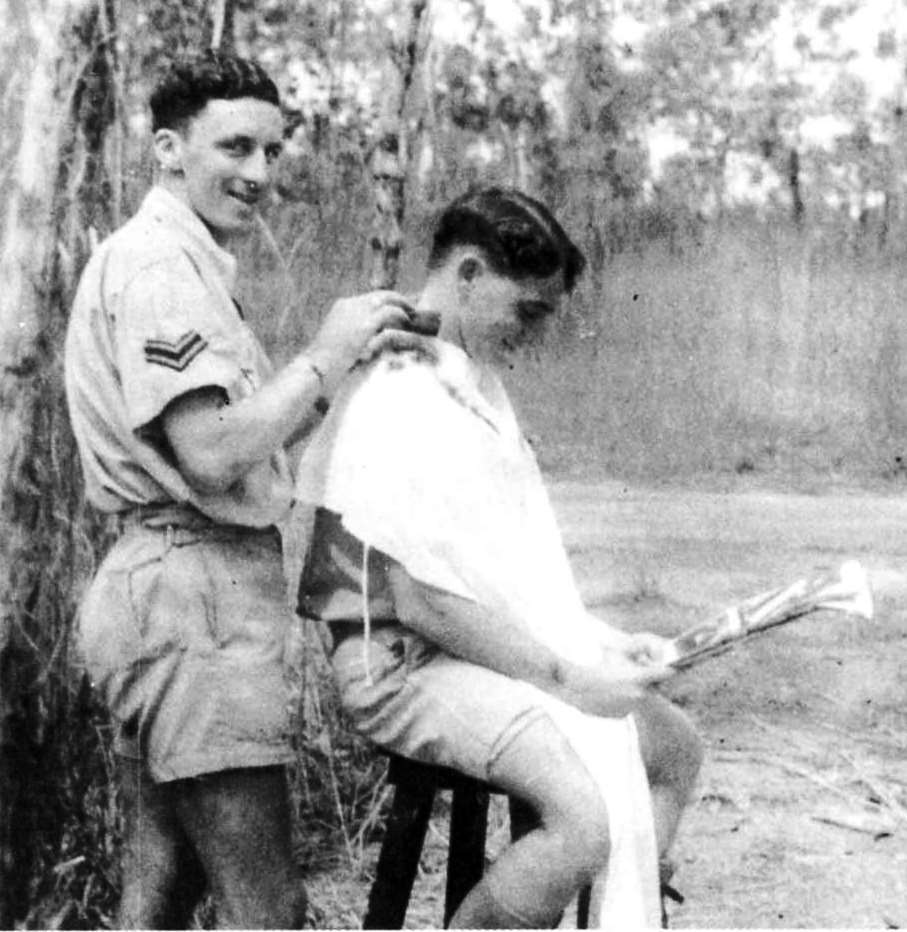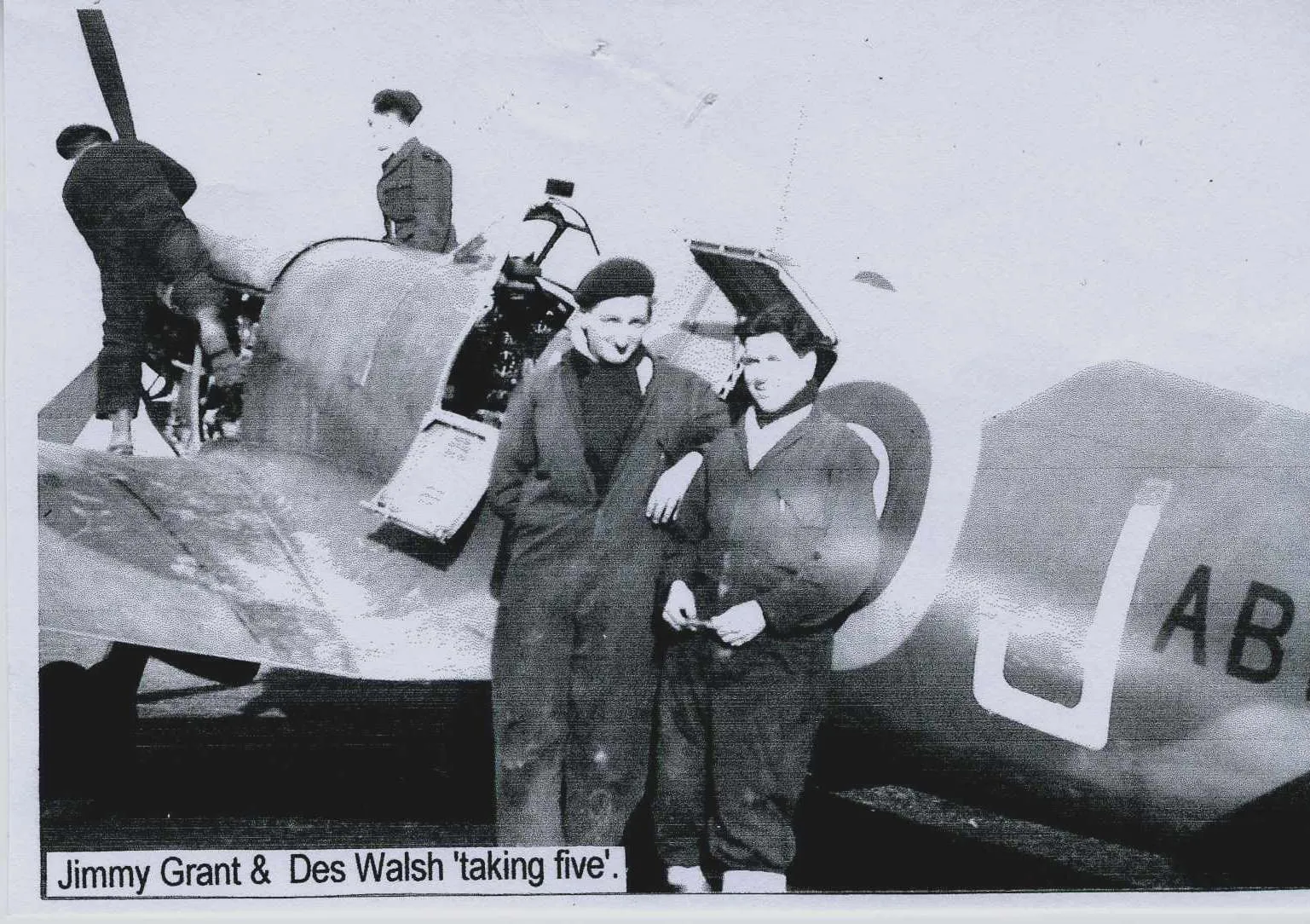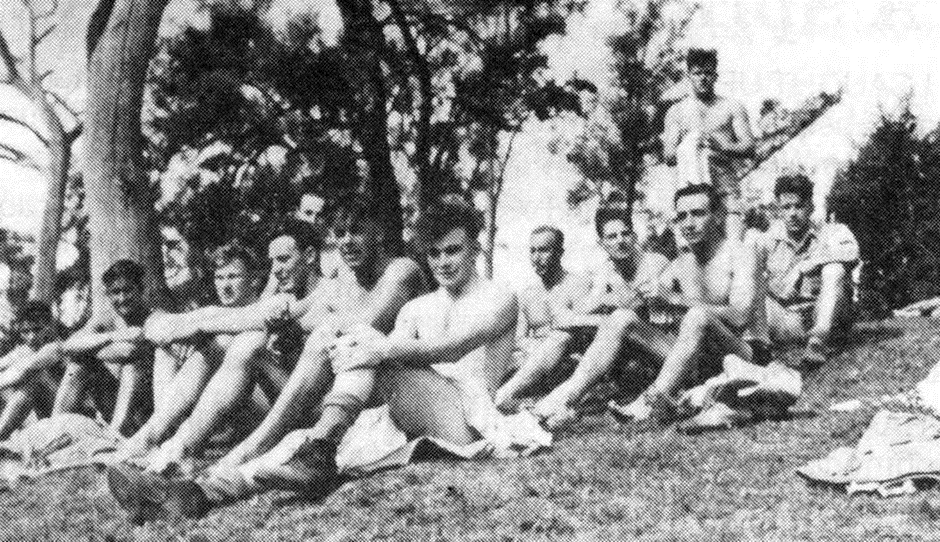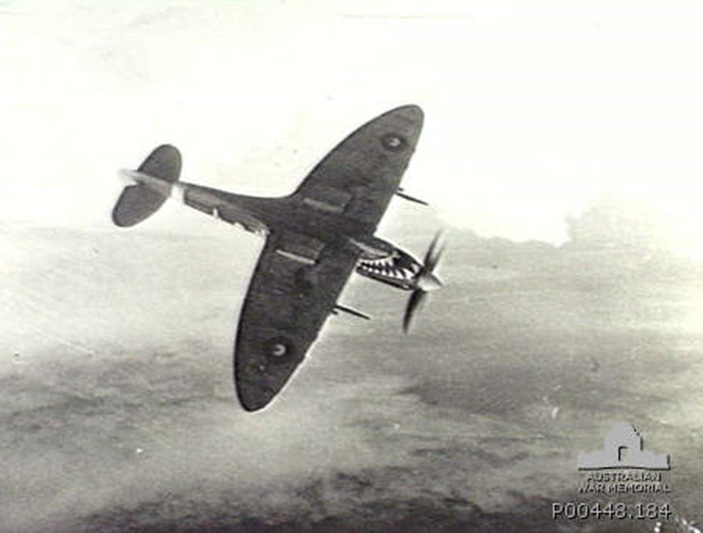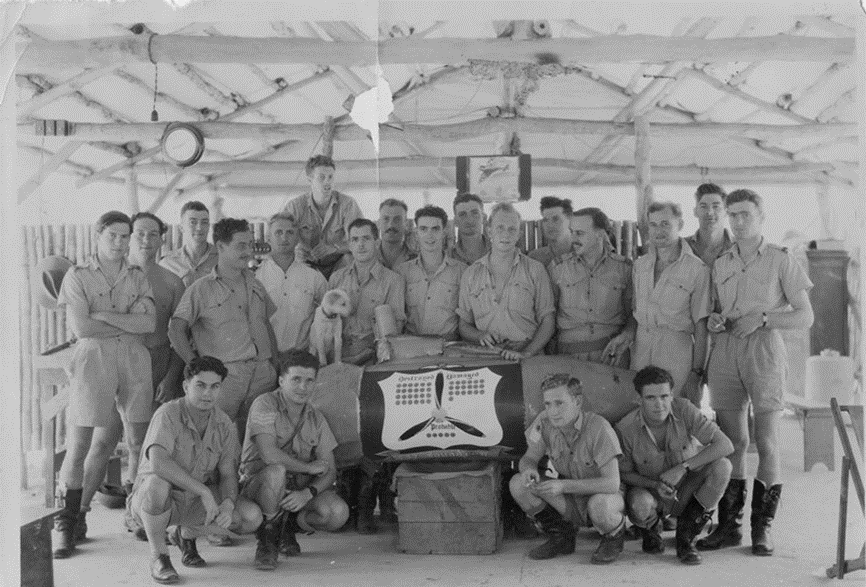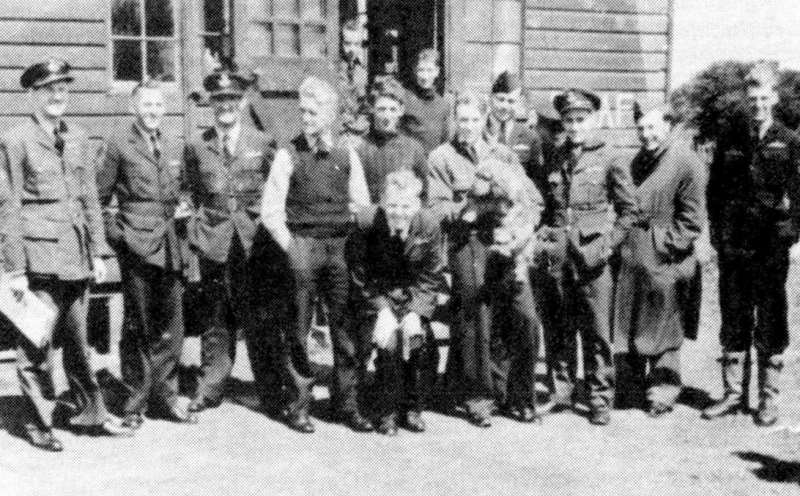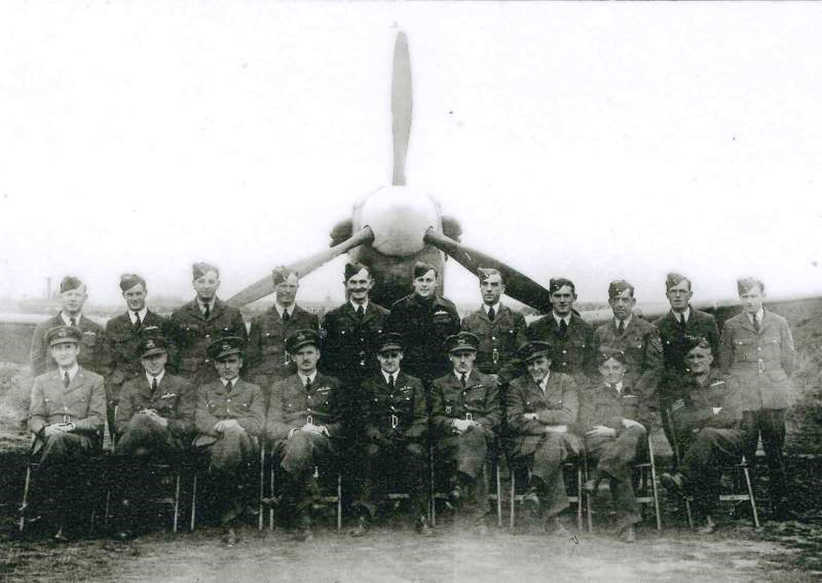No 457 Squadron RAAF
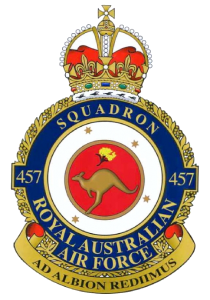


457 Squadron, Royal Australian Air Force, was formed at Baginton, near Coventry, in England on 16 June 1941 in accordance with Article XV of the Empire Air Training Scheme. Initially, the squadron's ground crew was provided by the Royal Air Force, while the majority of the pilots were Australian. An Australian ground crew was raised at Williamtown, New South Wales, however, and joined the squadron on 30 October 1941. 457 was equipped with Supermarine Spitfires and became part of 9 Group of Fighter Command. 457 SQN spent the remainder of 1941 flying patrols and convoy escort missions, but seeing little enemy activity.
Based on the Isle of Man, first at Jurby (7 August - 2 October 1941) and then Andreas (3 October 1941 - 21 March 1942), the squadron had a slow introduction to active operations. Declared operational on 7 August 1941, it escorted convoys patrolled over the seas to Britain's west but much of its time was devoted to training. The squadron effectively became an operational training unit, preparing Spitfire pilots for other squadrons, particularly 452 Squadron RAAF that were more actively engaged.
With the imminent return of 452 Squadron RAAF to Australia, 457 Squadron was redeployed for more active service with 11 Group at Redhill, just south of London, on 22 March 1942. For the next two months it conducted patrols over south-east England and the English Channel, and escorted bombing raids and conducted sweeps to engage enemy aircraft in the skies above occupied France and Belgium. During its short period of active operations, No 457 Squadron had shot down nine enemy aircraft as well as damaging a further seven. In constant contact with enemy fighters and sophisticated anti-aircraft defences however, Squadron loses began to mount.
On 28 May 1942 British Prime Minister Winston Churchill agreed to an Australian Government request to dispatch three fully equipped Spitfire squadrons to Australia to reinforce the RAAF. The squadrons selected were the Australian No. 452 and No. 457 Squadrons as well as the British No. 54 Squadron RAF. Accordingly, No. 457 Squadron was withdrawn from operations on 28 May to prepare to be redeployed to Australia. By this time, its pilots had been credited with five confirmed "kills" and another four "probables" and damaging seven aircraft. It sailed for home on 21 June on board the MV Stirling Castle, which was also carrying the men of No. 452 and No. 54 Squadrons. Stirling Castle arrived in Melbourne on 13 August, and 457 Squadron re-assembled at Richmond on 6 September. The squadron began refresher training at Richmond with a motley collection of aircraft, its Spitfires having being commandeered in transit by the Royal Air Force in the Middle East.
457 Squadron returned to front-line service on 31 January 1943, under 1 Fighter Wing, defending Darwin. It was re-equipped with an updated version of the Spitfire, imported from Britain, which arrived in a grey and green camouflage scheme. This led to the squadron nicknaming itself the "Grey Nurse Squadron" and adorning its aircraft with a distinctive shark's mouth on the nose. During an attack on Darwin in March 1943, the Spitfires engaged an enemy force of 46 bombers and fighters, downing up to six enemy aircraft without loss. During the squadron's time as part of Darwin's air garrison it detached aircraft on several occasions to Milingimbi, Drysdale, Perth and Exmouth. For the remainder of 1943, the Spitfires were engaged in constant combat with enemy aircraft, taking a heavy toll of Japanese aircraft.
By early 1944, with little enemy air activity over Darwin, the air defence of Darwin had been handed over to several Royal Air Force squadrons. Several Spitfires staging through Bathurst Island strafed barges, huts and a wireless station on Baba Island. This mission was the Squadron's first ground attack operation. From this point onwards No 457 Squadron Spitfires were increasingly utilised in the ground attack, and occasionally maritime attack roles for the rest of the war.
On 1 July 1944 No. 452 and No. 457 Squadrons were transferred to the newly formed No. 80 Wing RAAF. This wing had been established to support a planned offensive from Darwin into the Netherlands East Indies. The offensive was cancelled in June, but this was not communicated to the wing, which continued to train for the operation until August. After the operation was cancelled the wing and its squadrons had no purpose, but continued to conduct training exercises as a means of maintaining morale.
The squadron operated against targets in the Dutch East Indies from Sattler but, in November, as part of the 1st Tactical Air Force, the wing was informed that it was to move to Morotai island in the Netherlands East Indies to take part in Allied offensives in the region. No. 457 Squadron's movement to Morotai was delayed until early 1945. The squadron's ground crew departed Darwin by sea on 18 January and arrived on the island on 1 February. The Spitfires departed Sattler on 6 February and arrived at Morotai two days later. No. 457 Squadron flew its first operations from Morotai on 10 February.
Beginning on 10 February, operations continued at a high intensity for the next three months. The squadron's main roles in this period were to conduct ground attack missions against Japanese camps and shipping as well as escorting other aircraft engaged in attacking these targets. This involved a heavy workload, and the squadron flew over 293 operational sorties between February and the end of April. From May No. 457 Squadron's Spitfires began using dive bombing tactics as well as strafing targets with their guns.
No. 457 Squadron participated in the Borneo Campaign during the final months of the war. On 27 May it was ordered to prepare for deployment, and on 5 June its personnel and equipment sailed for Labuan Island off the north-west coast of Borneo. During this operation the squadron was attached to No. 81 Wing. The Spitfires departed Morotai on 17 June and commenced operations from Labuan two days later alongside No. 76 Squadron RAAF with the primary roles of providing air support to Allied troops in the area and air defence for the island. On 20 June two No. 457 Squadron fighters shot down a Dinah; this was the squadron's first "kill" since 12 November 1943. Operations against the Japanese continued until the end of the war on 15 August 1945. During the war 25 of the squadron's Australian personnel were killed.
Shortly after the Japanese surrender in August, No 457 Squadron was disbanded on 7 November 1945. Following the Japanese surrender No. 457 Squadron initially remained at Labuan. During this period it flew security patrols as well as training exercises and air tests. The squadron's serviceable aircraft left Labuan on 9 October for Oakey, Queensland and arrived there on the last day of the month. No. 457 Squadron was officially disbanded at Labuan on 7 November 1945. Following the war the squadron was awarded the battle honours "Fortress Europe, 1940–1944", "Pacific, 1941–1945", "Darwin, 1941–1944", "Morotai", "Borneo, 1945" and "Defence of Britain, 1940–1945".
Compiled with information from:
The Spitfire Association 2017,
RAAF Museum © 2009
